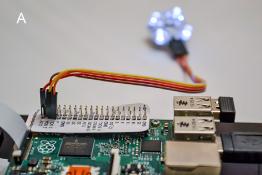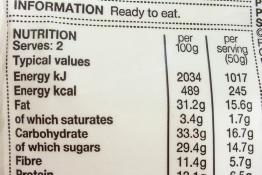When more of A doesn't result in more of B: physics experiments with a surprising outcome
Issue 363 | Page 94 | Published Dec 2016
Description
Science education research has shown that students use causal reasoning, particularly the model'agent instrument object', to explain or predict the outcome of many natural situations. Students' reasoning seems to be based on a small set of few intuitive rules. One of these rules quantitatively correlates the outcome of an experiment with the characteristics of objects involved, suggesting that an increase in one quantity should bring about an increase in a related quantity. In this article we present and discuss five simple experiments to engage students and illustrate that an increase in one property doesn't always lead to an increase in another.
More from this issue
It is well known that schools and colleges often have budget limitations that can hamper the effectiveness of practical education. This article...
Nutrition labelling, which helps consumers to make informed choices, can be used as both a context and a vehicle for students to consolidate and...
Tim Peake's mission to the International Space Station captured the imagination of the UK and this article describes a live radio link with...




